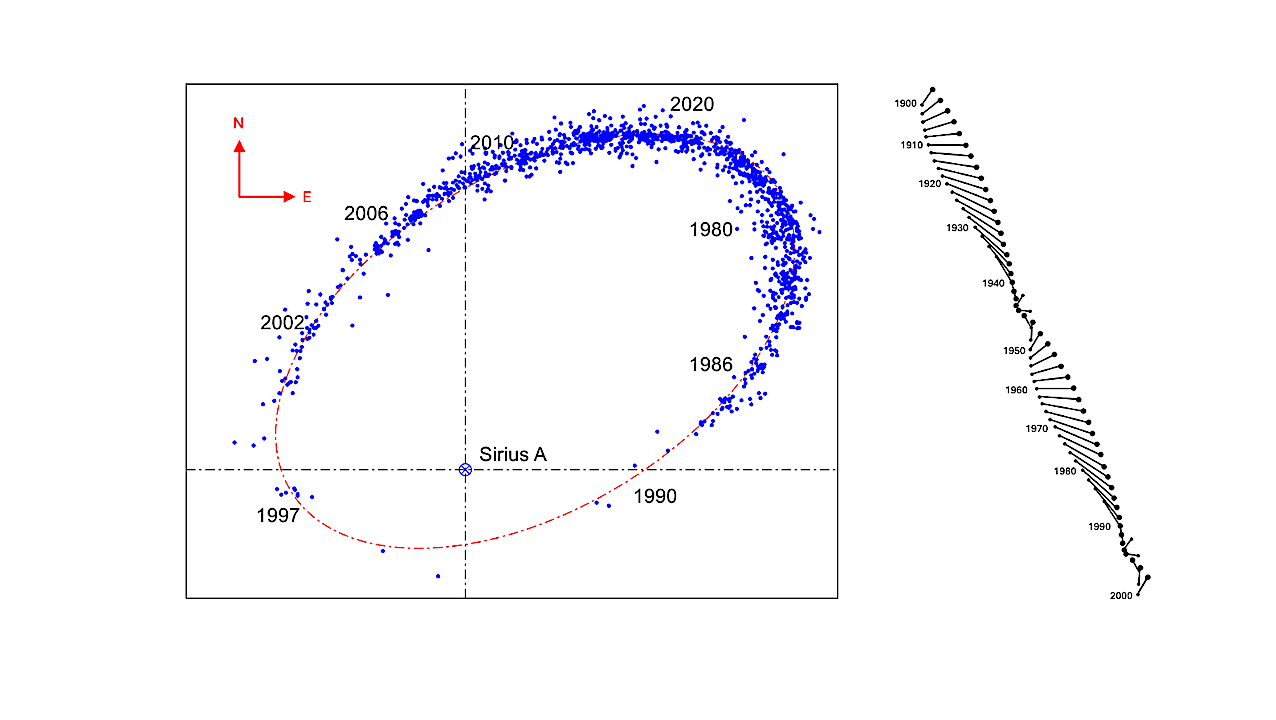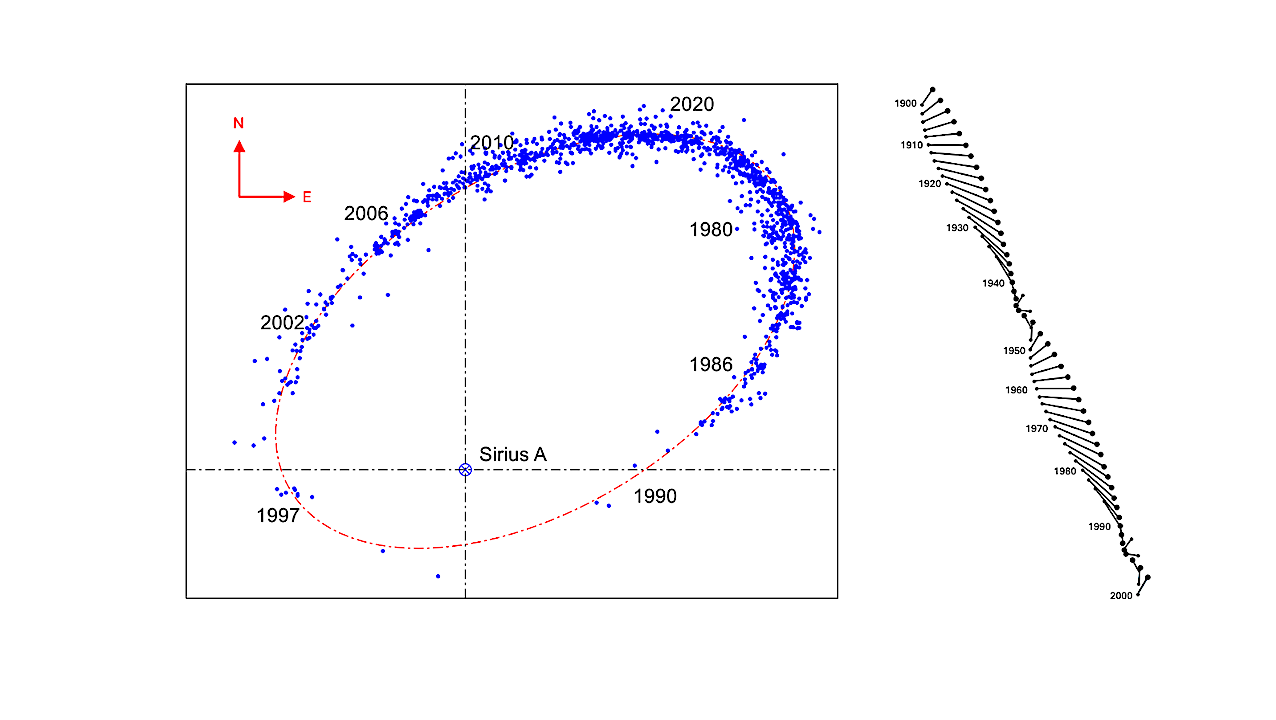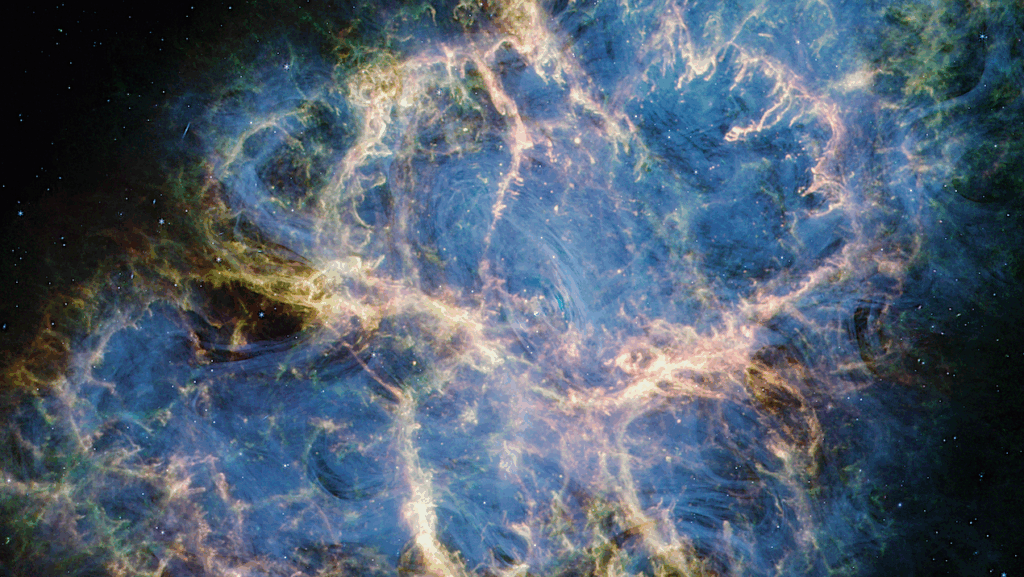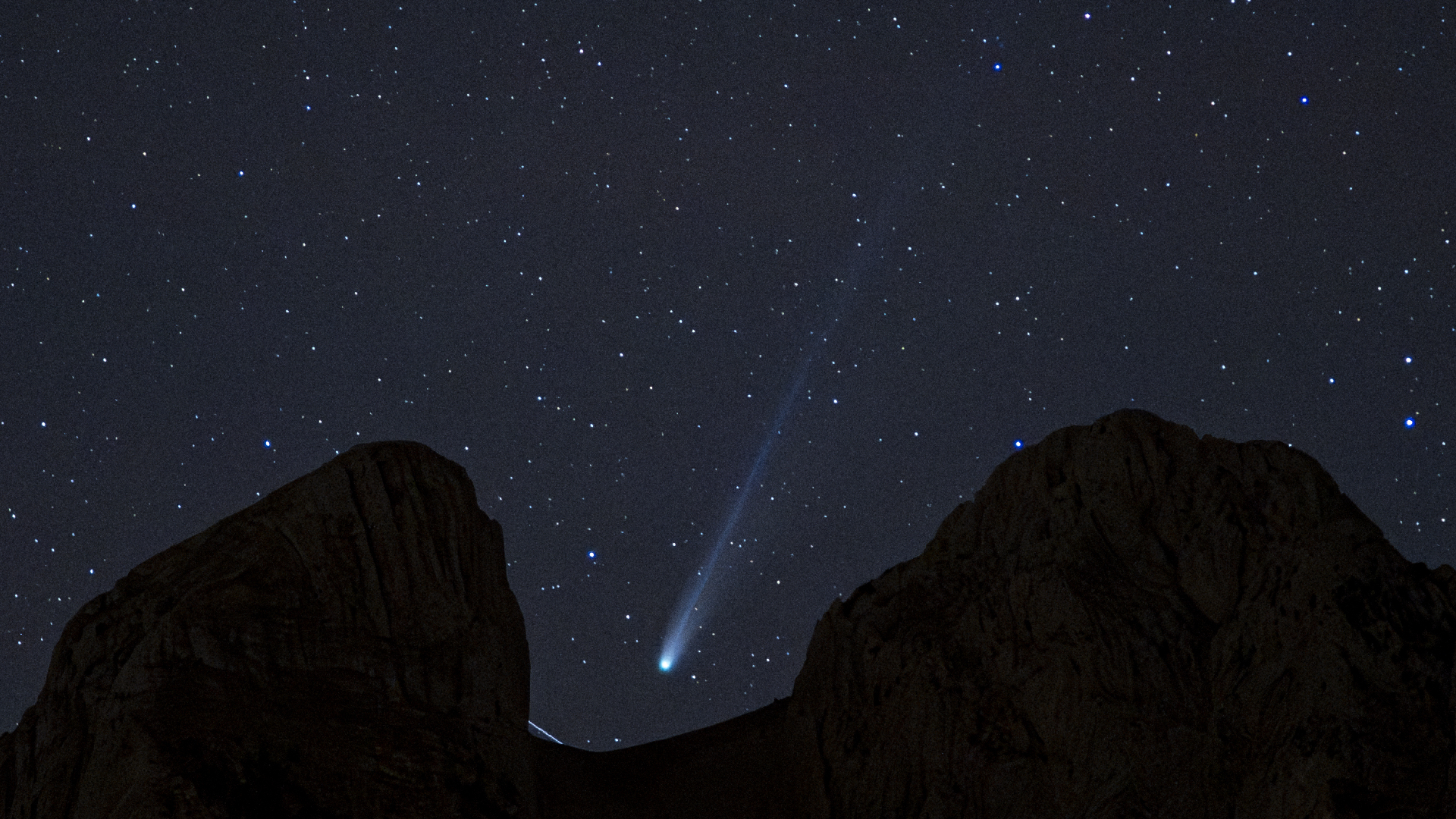Now Reading: Multiplicity Of Stellar Systems In The Solar Neighbourhood, Wide Binaries, And Planet-hosting Stars
-
01
Multiplicity Of Stellar Systems In The Solar Neighbourhood, Wide Binaries, And Planet-hosting Stars
Multiplicity Of Stellar Systems In The Solar Neighbourhood, Wide Binaries, And Planet-hosting Stars


Left panel: Multiple observations of proper motion of Sirius B from 1980 to 2022. From Earth, the separation between Sirius A and B varies between 3 and 11 arcsec on a period of 50.1 years. Sirius was first detected as an astrometric binary though is now considered a visual system (data observations kindly provided by Dr. Rachel Matson from USNO). Right panel: Sirius A and B characteristic wobble of astrometric binaries. — astro-ph.SR
This doctoral thesis studies stellar multiplicity in the solar neighborhood (d < 10 pc) and in systems hosting planets (d < 100 pc).
Using data from the Washington Double Star Catalogue, Gaia DR3, and a comprehensive literature review, it builds the most complete and homogeneous sample of multiple systems within 10 pc. Multiplicity and companion fractions are derived with reduced uncertainties, providing improved statistical reliability.
The analysis of orbital periods from one day to millions of years shows that the log-normal cumulative distribution can be seen as a modern revision of Öpik’s law. A key contribution is the study of wide binaries rho > 1000 arcsec) with Gaia DR3, expanding the known sample by over an order of magnitude and improving astrometric precision.
Newly identified companions, including ultracool dwarfs at the M-L boundary and a hot white dwarf, refine the distinction between true binaries and unrelated young moving-group members. The thesis also explores the effect of multiplicity on exoplanetary systems within 100 pc.
New stellar companions are found in known planetary systems, with separations for over 200 pairs and parameters compiled for 276 exoplanets. Compared to single-star systems, multiple systems host more massive, short-period, and high-eccentricity planets. About 22% of exoplanetary systems have stellar companions, with significant (> 4 sigma) correlations between high eccentricities and small projected separations, and a weaker (> 2 sigma) trend showing that massive planets (M > 40 M_Earth) orbit closer in multiple systems.
Finally, a review of Giovanni Battista Hodierna’s 17th-century catalogues shows he compiled the first list of multiple systems over a century earlier than previously believed, advancing the understanding of stellar multiplicity and its influence on planetary formation.
Javier González-Payo
Comments: PhD thesis at Universidad Complutense de Madrid. 360 pages. Chapters have been published independently in A&A and MNRAS journals
Subjects: Solar and Stellar Astrophysics (astro-ph.SR); Earth and Planetary Astrophysics (astro-ph.EP)
Cite as: arXiv:2511.05248 [astro-ph.SR] (or arXiv:2511.05248v1 [astro-ph.SR] for this version)
https://doi.org/10.48550/arXiv.2511.05248
Focus to learn more
Submission history
From: Javier González-Payo
[v1] Thu, 6 Nov 2025 15:30:13 UTC (69,051 KB)
https://arxiv.org/abs/2511.05248
Astrobiology,
Stay Informed With the Latest & Most Important News
Previous Post
Next Post
-
 012024 in Review: Highlights from NASA in Silicon Valley
012024 in Review: Highlights from NASA in Silicon Valley -
 02Panasonic Leica Summilux DG 15mm f/1.7 ASPH review
02Panasonic Leica Summilux DG 15mm f/1.7 ASPH review -
 03How New NASA, India Earth Satellite NISAR Will See Earth
03How New NASA, India Earth Satellite NISAR Will See Earth -
 04And Thus Begins A New Year For Life On Earth
04And Thus Begins A New Year For Life On Earth -
 05Astronomy Activation Ambassadors: A New Era
05Astronomy Activation Ambassadors: A New Era -
06SpaceX launch surge helps set new global launch record in 2024
-
 07From Polymerization-Enabled Folding and Assembly to Chemical Evolution: Key Processes for Emergence of Functional Polymers in the Origin of Life
07From Polymerization-Enabled Folding and Assembly to Chemical Evolution: Key Processes for Emergence of Functional Polymers in the Origin of Life




















